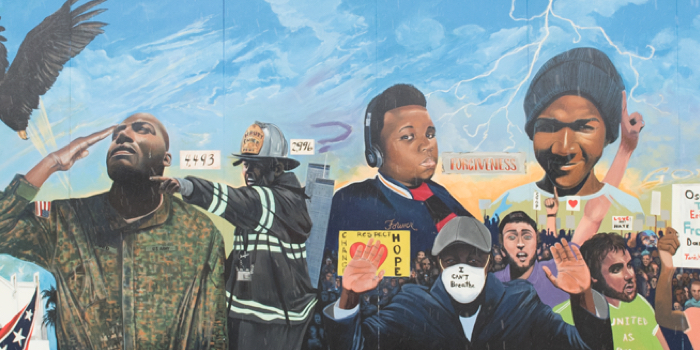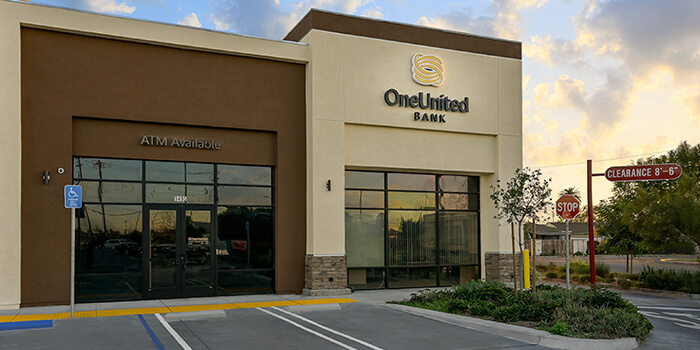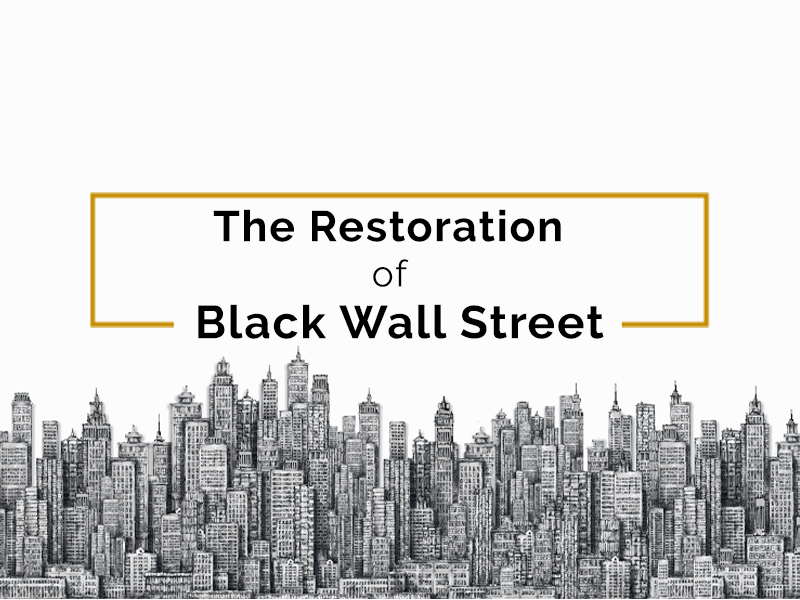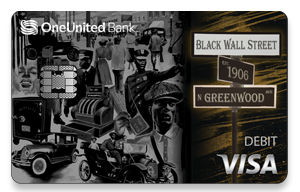Bringing Black Wall Street Back
#BlackWallStreet is back and more accessible than ever – from Black owned, online businesses, to the foothold Black owned businesses are obtaining in big name retailers! Business in booming!
According to the 2019 Annual Business Survey (ABS), covering reference year 2018, approximately 18.3% (1.0 million) of all U.S. businesses were minority-owned. We know that the COVID 19 pandemic impacted Black owned businesses in 2020 more than other businesses. However, the #BuyBlack movement was in full effect after the death of George Floyd, leading Black owned businesses to garner significant attention. Black owned businesses have “gotten a larger foothold with the big-name retailers.” Since seeing a dramatic increase in visibility, Black owned businesses have been booming. Some even seeing a “70% year-over-year increase” according to Bloomberg.
The new #BlackWallStreet is everywhere. We now have Black owned businesses front and center in major retailers and stores all over the US, such as Target. Now we can support Black owned businesses not only in local communities, but retailer stores as well. Access to Black owned business is still growing, and it’s only the beginning!
Other resources to find Black owned businesses include www.webuyblack.com, the largest online marketplace for Black owned businesses and the Official Black Wall Street app that locates Black owned businesses near you. We also have Black banks and credit unions, including OneUnited Bank, the largest Black owned digital bank with a nationwide network.
THE HISTORIC BLACK WALL STREET
In 1906, O.W. Gurley, a wealthy black landowner, purchased 40 acres of land in Tulsa, naming it Greenwood after the town in Mississippi. According to Hannibal Johnson, author of Black Wall Street: From Riot to Renaissance in Tulsa’s Historic Greenwood District, Gurley had a vision to create something for Black people by Black people…or #FortheCulture. On Greenwood Avenue, there were luxury stores, restaurants, grocery stores, hotels, movie theaters, barbershops and salons, nightclubs and offices for doctors, lawyers and dentists. Greenwood also had its own school system, post office, bank, hospital, and bus and taxi service. The money earned inside and outside of Greenwood was spent within the district. According to Alexis Clark in “Tulsa’s Black Wall Street Flourished as a Self-Contained Hub in Early 1900s”, every dollar would change hands 19 times before it left the community. Today, Maggie Anderson, the author of “Our Black Year: One Family’s Quest to Buy Black in America’s Racially Divided Economy”, has sharpened our focus on circulating our dollars in our community.
THE NEW BLACK WALL STREET
Black spending power is currently $1.3 trillion per year, which is a 114% increase since the year 2000, according to a report by Nielsen in the Business of Fashion. By spending more of our dollars with Black owned businesses, who are more likely to hire and locate in Black communities, we can build Black wealth like our ancestors did in Greenwood. Let’s celebrate the new #BlackWallStreet by supporting the #BuyBlack and #BankBlack Movements today. We can also #BuildBlack, #OneTransaction at a time, to close the #RacialWealthGap!



















